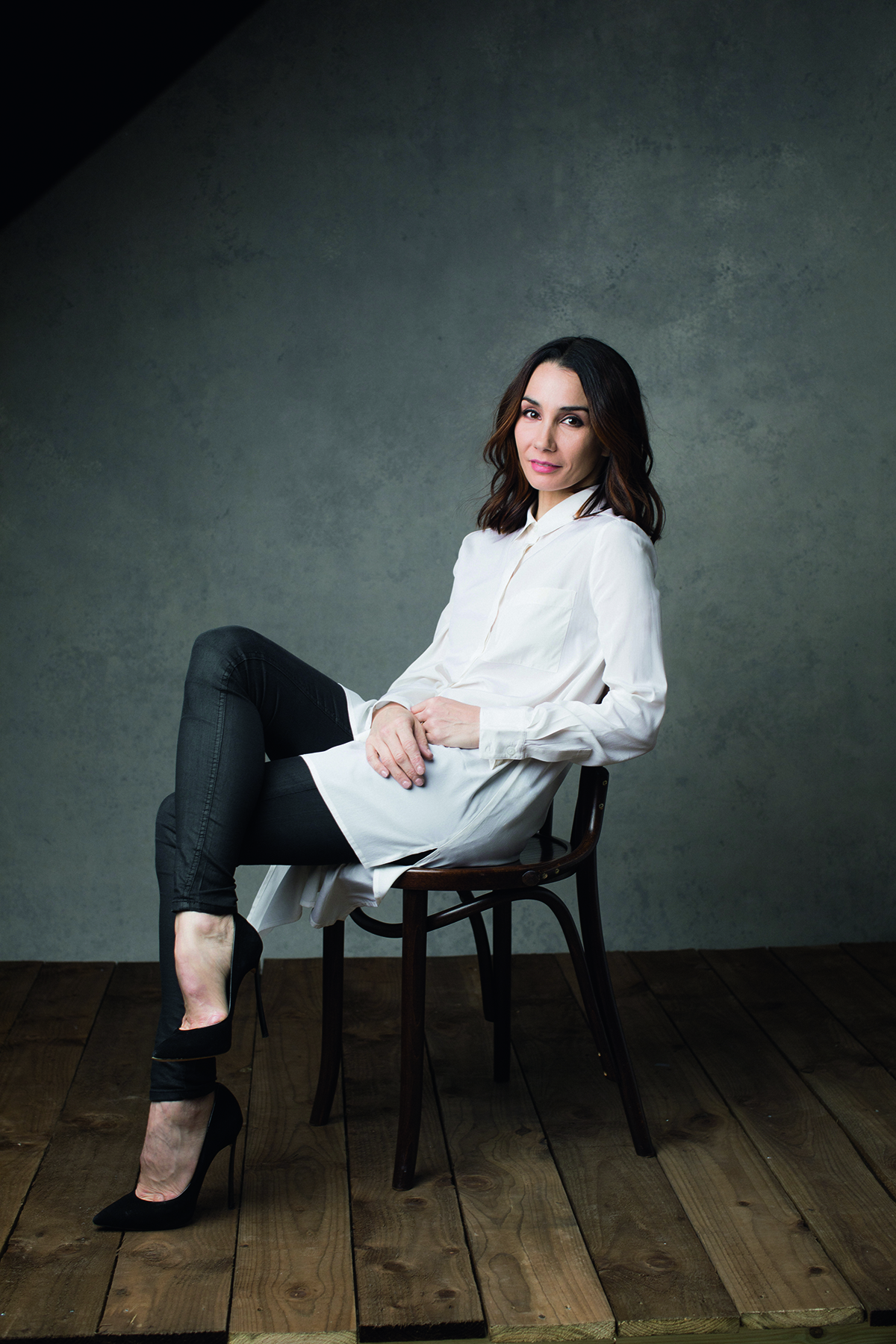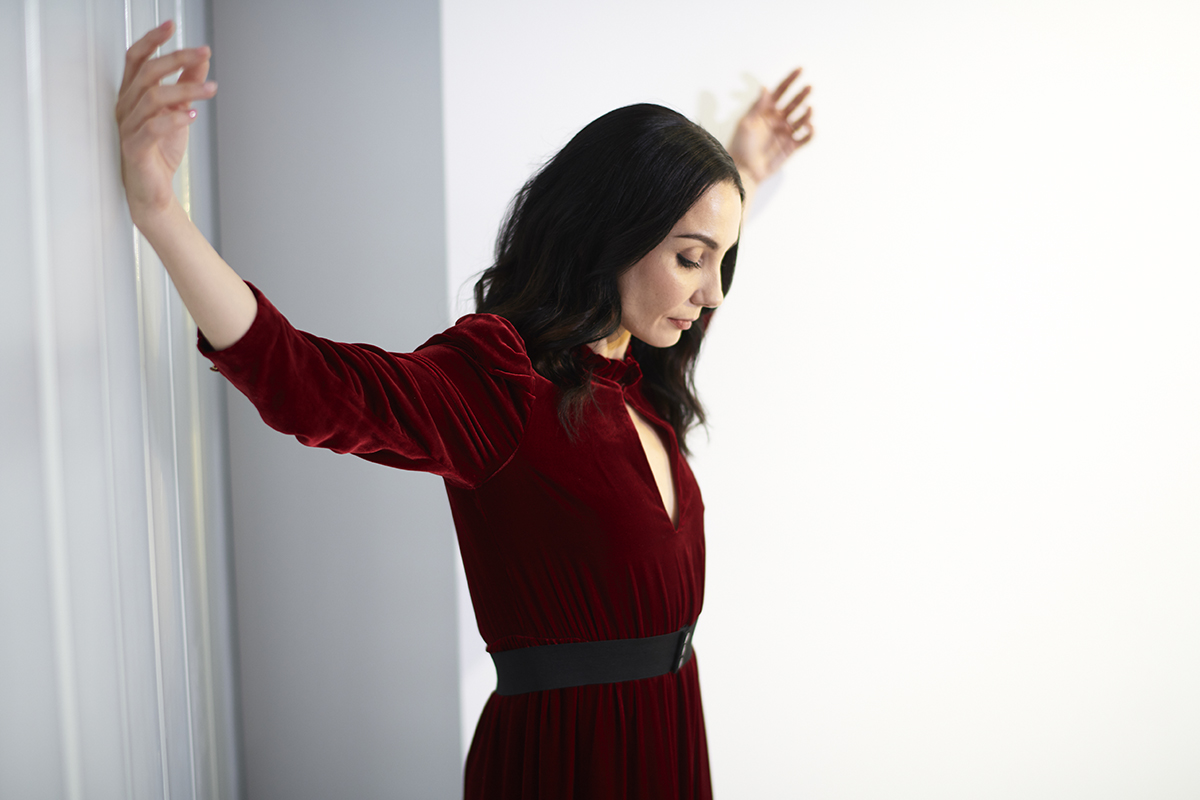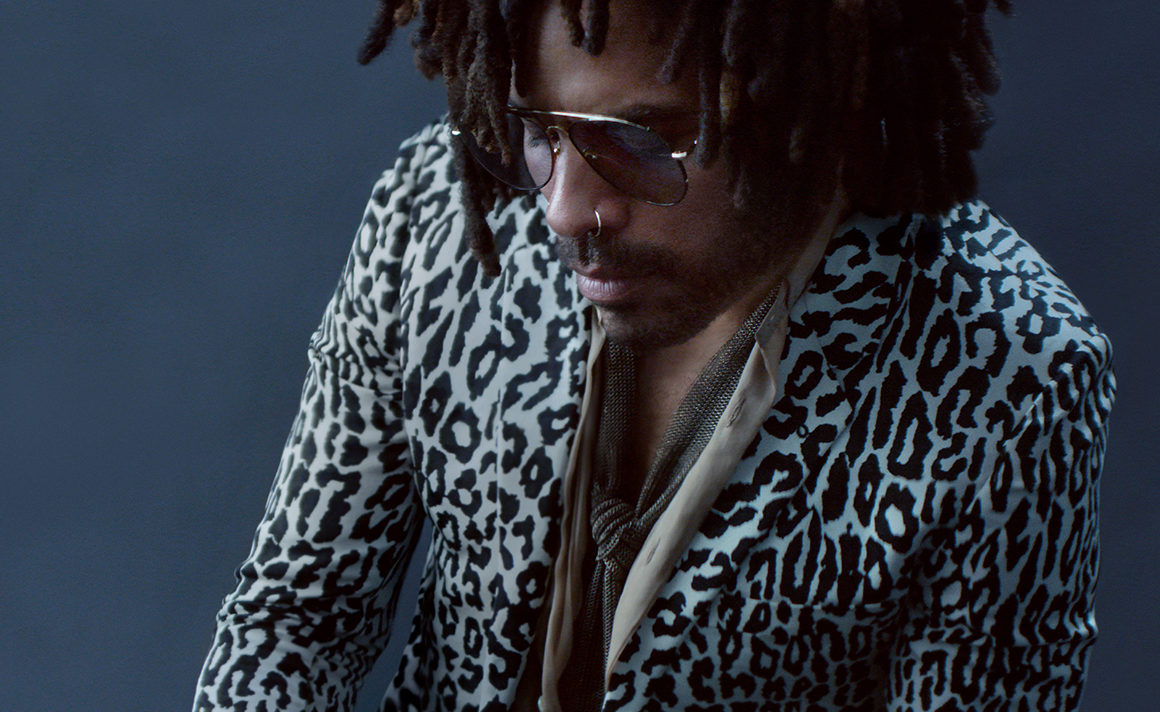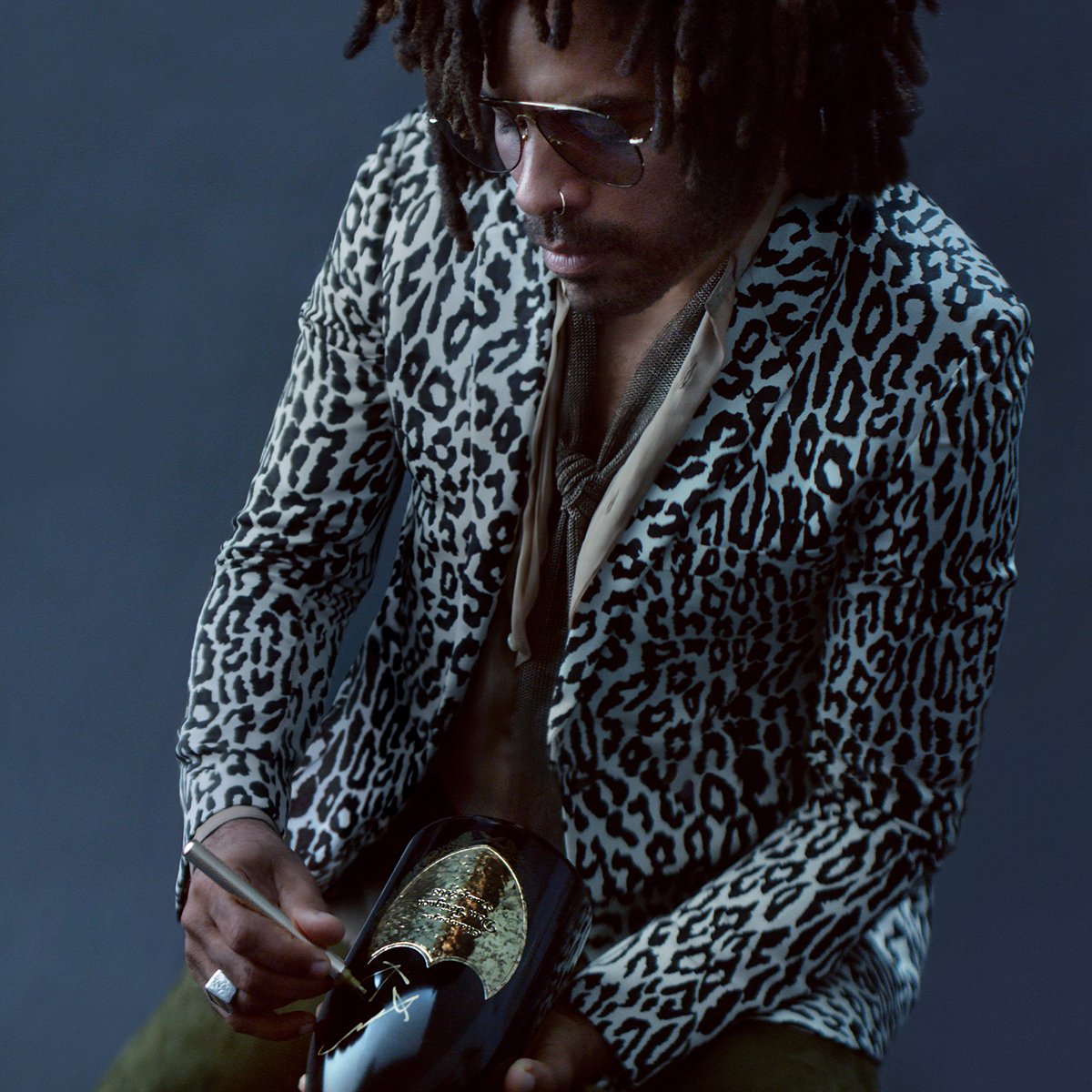
Tamara Rojo © Karolina Kuras
Tamara Rojo has spent the past two decades wowing spectators at the Royal Ballet and now at the English National Ballet where she is artistic director. LUX speaks to the outspoken advocate for her industry about ballet’s future – and what gets her on to the dance floor
1. When did you realise that you were meant to be a dancer?
I was 10 when, after many years of enjoying ballet class as a hobby, I realised that if I wanted to continue dancing, I had to follow the same path as the dancers I admired.
2. Have you been able to dance all the roles you wanted, and which was your favourite?
Most of them, if not all, and many I never knew or imagined! I don’t have a particular favourite but there are a few I like for different reasons – Carmen or Frida Kahlo for their indomitable characters, for example. Of the classics, perhaps the double role of the white and black swan is the greatest challenge.
3. Ballet’s training regime is gruelling, but are there qualities that can’t be taught?
I think passion, intelligence and musicality are essential. The saying, “Genius is ten per cent inspiration and ninety per cent perspiration” is pretty accurate, but sometimes genius can really manage to reduce that perspiration!
Follow LUX on Instagram: luxthemagazine
4. How do dancers deal with injuries?
Injuries cruelly test the character and sense of vocation of dancers. The recovery time is always hard but it also offers a pause in a fast-paced career to reassess your priorities and values. At the English National Ballet (ENB), one of my priorities was to invest in our medical team and we now offer all the medical and psychological support that a dancer would need to help them overcome the frustration and self-doubt that arise during recovery.
5. Does ballet need to modernise?
Like any art, ballet must renew itself and try to reflect the society in which it lives. At ENB I have expanded our repertoire with work by female choreographers, updated the classical canon with choreographers from different dance traditions, such as Akram Khan, and enabled dancers in the company to have their own voice and freedom when performing.
6. Was going from principal dancer to artistic director at ENB a natural transition?
Yes, partly because I had been preparing for it for many years and also perhaps because I had been a dancer there. I understood the benefits that a performing manager could bring.

© Paul Stuart
7. How should ballet be funded and are you concerned about its future?
I wish I knew for sure, and it’s certainly a timely question. The current UK model, with its transparency and independence from political intervention, is one that enables the best creativity, excellence and access. But I’m worried about what’s ahead. The effects of Covid-19 have been dramatic on the arts. It seems inevitable that it will be months before we can see our theatres at full capacity. Unless we receive substantial help very soon the long-term effects of the loss of talent, venues and institutions will be devastating.
8. What ballet are you working now?
I have been adapting the classical ballet Raymonda for ENB. I wanted to set it in the Crimean War with the heroic figure of Florence Nightingale, instead of its traditional setting of the Crusades. It seemed perfectly timed as a homage to all the nurses, but we have had to postpone it until next year.
Read more: The market for modern classic Ferraris is hot right now
9. How do you choose new ballets?
We consider the choreographer’s vision and language, the relevance of the theme, how they integrate into ENB’s repertoire, etc.
10. Are there enough young dancers wanting to pursue a career in ballet?
There’s no shortage of ballet students, but I am concerned about the lack of positions for current graduates. I also worry about enabling access to professional training for children of all racial and financial backgrounds to ensure the future of ballet is open to all.
11. Are platforms such as TikTok helpful in getting the younger generations into ballet?
They can facilitate access and dissemination, but there’s also the danger of empty exhibitionism or harmful body aspirations.
12. What song gets you dancing at a party?
80s and 90s pop… it was made for the dance floor and it brings instant joy and happiness.
Find out more: tamara-rojo.com
This article features in the Autumn Issue, which will be published later this month.











Recent Comments